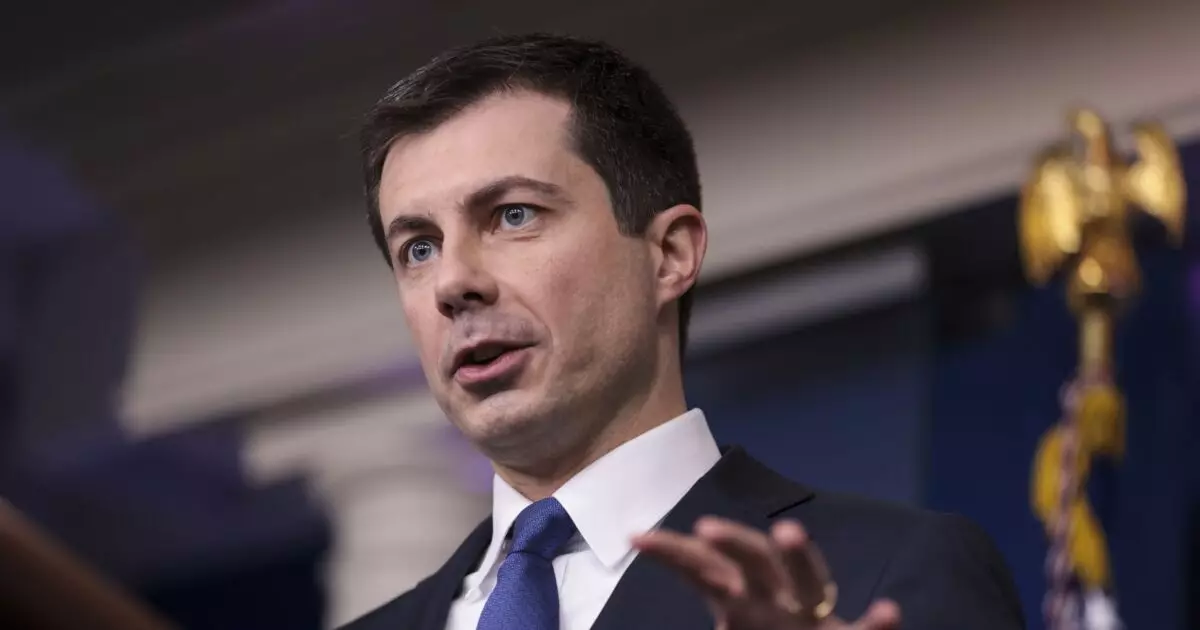As the Biden-Harris administration approaches its conclusion, the U.S. Department of Transportation (DOT) is making waves with significant funding allocations aimed at modernizing the nation’s infrastructure. With billions of dollars being rolled out in federal grants, the groundwork is being laid for a transformative approach to transportation in America. This article seeks to unpack the implications of these grants, the priorities identified by the DOT, and what this means for future administrations.
Transportation Secretary Pete Buttigieg heralded the recent announcement of federal grants as a crucial step in continuing the momentum built under the Bipartisan Infrastructure Law (BIL). This landmark $1.2 trillion legislation, enacted in 2021, was not just a legislative win but a declaration of intent to invest heavily in America’s infrastructure. With up to $5 billion already granted across 560 projects nationwide, it underscores a commitment to enhance the functionality and connectivity of transportation systems.
The stark reality is that many of these infrastructure systems have long been underfunded and in dire need of modernization. Railways, airports, and road networks serve as vital arteries for the economy, connecting communities and facilitating commerce. The infusion of federal funding aims to provide solutions for outdated systems that threaten efficiency and safety.
Among the most critical aspects of the new funding initiatives is a sharp focus on safety improvements. The latest announcement includes $1.1 billion earmarked specifically for rail grants to address issues such as train collisions and blocked crossings. These challenges not only pose risks to passenger safety but also hinder the efficient movement of goods across the country.
Furthermore, initiatives to enhance surface transportation in rural areas are particularly noteworthy. By concentrating investments in underrepresented regions, the DOT aims to bridge the connectivity gaps that have long isolated many communities. The goal is to create a cohesive transportation network that serves every American, regardless of geography.
Another key component of the funding involves the development of a national network of electric vehicle (EV) chargers. This reflects a broader shift towards sustainable transportation solutions. As the EV market continues to expand, establishing a robust charging infrastructure is essential to encourage adoption and alleviate range anxiety among potential users.
Despite the optimism surrounding these funding initiatives, challenges loom on the horizon. The BIL is set to expire in September 2026, which raises concerns about continuity in federal infrastructure investment. The transition to a new administration with incoming leadership under President-elect Trump could disrupt the ongoing projects and funding obligations established under the Biden administration.
Sean Duffy’s appointment as Buttigieg’s successor has been met with a mix of anticipation and skepticism. His background as a former reality TV star and U.S. Representative brings an unconventional flair to the role. However, stakeholders in the transportation sector will be closely monitoring how his leadership evolves, especially regarding the necessity for reauthorization of the BIL. Representative Rick Larsen, a prominent voice in Congress, has been vocal about the need for ongoing funding, a sentiment echoed by many in the industry.
S&P Global Ratings recently provided an assessment of the transportation sector that highlighted a cautiously positive outlook. While signs of growth and activity in the U.S. transportation realm are encouraging, there remain potential headwinds that could serve as obstacles to progress. Key among these is the specter of underfunding for some of the programs launched through the BIL.
The multifaceted challenges of infrastructure investment, leadership transitions, and policy continuity present a complex landscape for the DOT and incoming officials. Successful navigation of these issues will require not only strategic foresight but also collaborative approaches among stakeholders.
As the nation stands at this critical juncture, the emphasis on modernizing transportation infrastructure resonates louder than ever. The future of America’s transportation system hinges on these investments and the decisions made in the coming months. Enhanced infrastructure is not merely an economic priority; it is a pivotal element in fostering social equity, environmental sustainability, and national cohesion.

